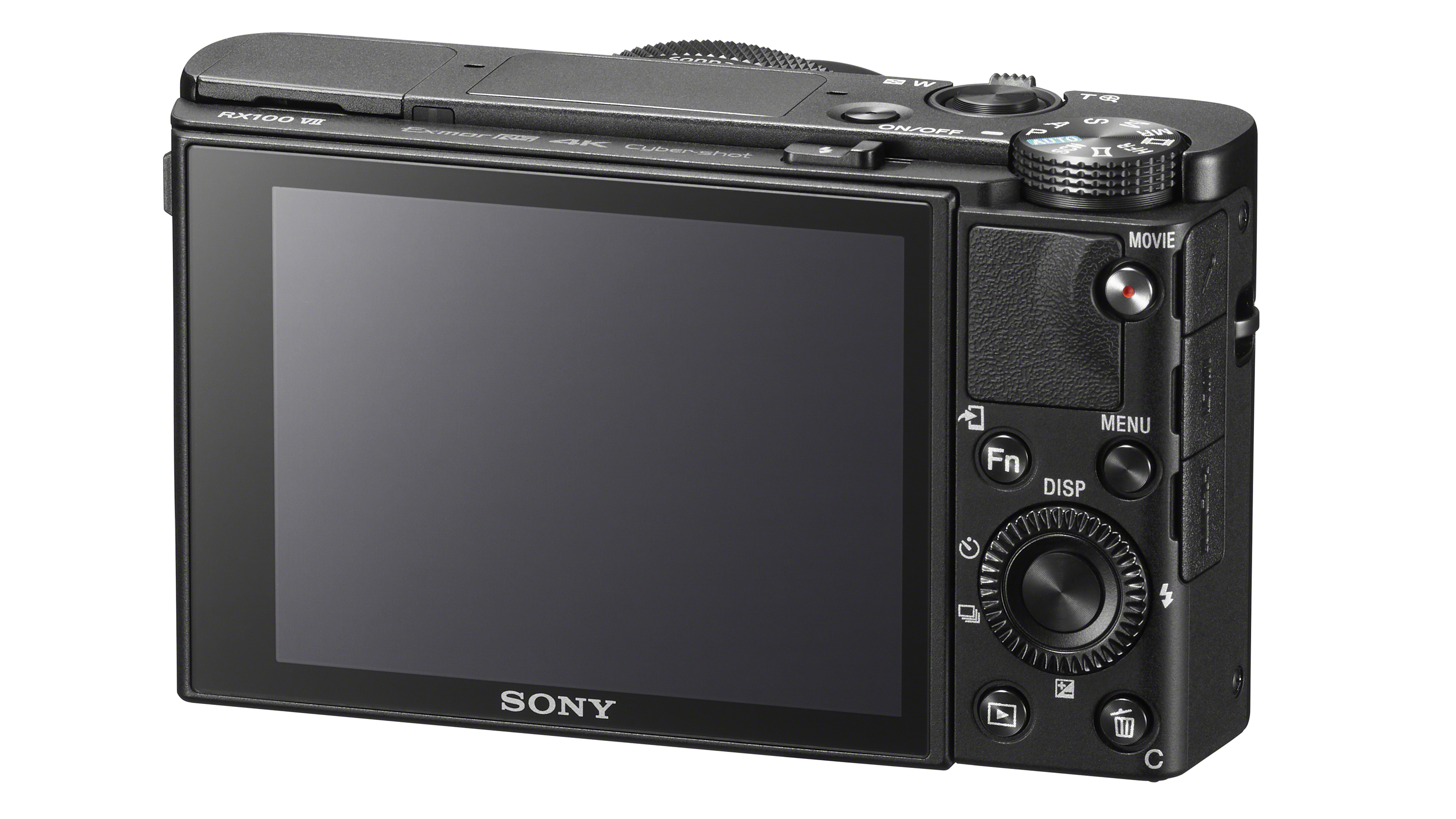Sony RX100 VII review
The Sony RX100 VII is in its 7th generation and is now better than ever



A fantastic pocket-friendly camera that gives you a huge amount of power in a teeny tiny package. There’s a hell of a lot to love about the Sony RX100 VII - but the price will be a big stumbling block for many.
-
+
Pocket friendly
-
+
Good flexible zoom
-
+
Added video functionality
-
-
Slightly slippery design
-
-
Maximum aperture is f/2.8
- -
Why you can trust T3

Sony’s popular and powerful RX100 series of cameras is now in its seventh iteration. The Mark VII version includes all the features we’ve come to know and love about this pocket rocket, with a smattering of extras to tempt in the video market.
It’s hardly a major evolution compared with the previous version - but it’s an extra level of finesse to what was already a very well-performing and well-featured camera.
These have never been cameras for those on a budget, and the RX100 VII is going to cost you a pretty penny. Still, if you want the best of the best and you have the readies to back it up - it’s by far the best option on the market.
Sony RX100 VII Review: Design and Handling
Sony has strayed far from its design playbook for the RX100 VII, following pretty much the same design and layout as its predecessor, the Mark VI. If you’ve never seen one before, that means that you get something very small considering the tech housed inside it. It’s small enough to fit in a jeans pocket, so it’s something you can always have with you.

There are some downsides to making such a small camera - firstly, the lack of a grip on the front of what is quite a slippy camera leaves you feeling as if you might drop it at any moment (attach the wrist strap for added confidence). Secondly, the buttons are on the small side, so those with larger hands may find them just a little awkward to use.
Considering the small size of the camera, the pop-out electronic viewfinder continues to be an added bonus - this is something which we’ve seen on a few RX100 generations now. Meanwhile, the screen tilts to face all the way forward - useful for composing from unusual angles, as well as selfies.
Sony RX100 VII Review: Features
Although Sony has stuck with pretty much the same outward design as its predecessor for the RX100 VII, there have been some important internal changes that are worth noting.
Get all the latest news, reviews, deals and buying guides on gorgeous tech, home and active products from the T3 experts
There is a 20.1 one-inch CMOS sensor, which although the same physical size and resolution as that found inside the Mark VI has been improved for the new version with a faster readout speed and coupled with a faster processor.

While the Mark VI was no slouch when it came to fast shooting, the VII boasts a frankly ridiculous 90fps shooting mode with “Single Burst Shooting”, with 20fps available if you want continuous autofocus while shooting.
Other improvements come in the shape of refined autofocus, including the addition of Eye AF for animals, a new time-lapse feature and slightly better ISO performance.
The big change, however, comes to video - with Sony keen to appeal to the ever-growing “vlogger” audience. There’s mic input for the first time in the RX100 series, real-time tracking and Eye-AF for video and a new Active Steadyshot mode for video, too.
Some features which have stayed the same include the 24-200mm f/2.8-4.5 zoom lens, up to 1/32000s shooting with the electronic shutter, 4K video, the pop-up EVF and tilting screen.
Sony RX100 VII Review: Performance
With its high price point and impressive range of specifications, we’d expect the RX100 VII to be a very high performer - and happily, it is.
Sony has once again proved how innovative it is in this sector - nothing really comes close to it from anybody else (perhaps a big part of the reason why it can command such a high price for the camera).

Here we have a camera that keeps up with moving subjects extremely well, and while it’s not really a camera aimed at a sports enthusiast audience, you might find it comes in handy for following pets and kids around the sports field.
There is one downside to the powerful nature of this camera - battery life. How long the RX100 VII will last will of course depend on what kind of things you’re doing with the camera, but it’s worth packing a battery power pack if you’re intending to travel with the camera and might be away from a plug socket.
When it comes to image and video quality - again, Sony really delivers the goods here. JPEG images straight from the camera are bright, punchy and well-detailed, while the raw format files give you good scope to make edits in post-production.
It also works well in low light, and although the maximum aperture has been sacrificed in the name of putting a zoom lens in the camera, shooting at f/2.8 is still wide enough for most situations. That said, high ISO settings, such as ISO 6400 are clean enough to print at up to A4 without presenting too much of a problem.

Video is also great, with the new image stabilisation doing a good job of keeping things nice and steady. Having the mic input option is great news for those who like to create professional-quality videos, without having to lug about a massive amount of kit.
Sony RX100 VII Review: Verdict
If you’ve got the cash to splurge on a camera like the RX100 VII, then it’s almost certain you won’t be disappointed with the results it’s capable of delivering.
It performs extremely well in a number of different situations - all while fitting neatly into your pocket… what more can you realistically ask for?
Both image-makers and video creators may be tempted by the RX100 VII, with Sony adding functionality to draw both types of crowds in.
However, there really is no getting away from that high price. If you’re not bothered by some of the newer specifications - particularly the video ones - you’ll save a decent chunk of change by going for either the Mark VI or the Mark V version, and still, come away with an excellent camera.
Liked this?
Amy Davies is a freelance journalist that covers cameras for T3 and many other sites. She is also Features Editor at Amateur Photographer magazine and, when she's not writing about cameras, she's probably taking pictures of her cute dog.
